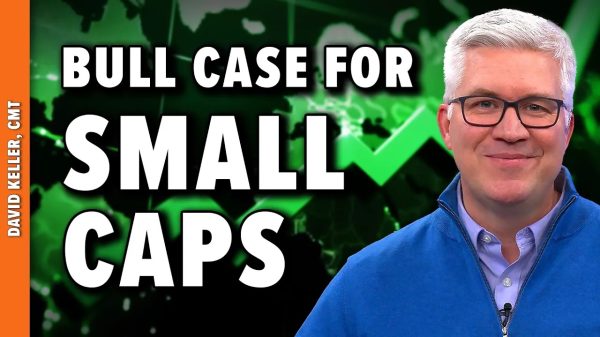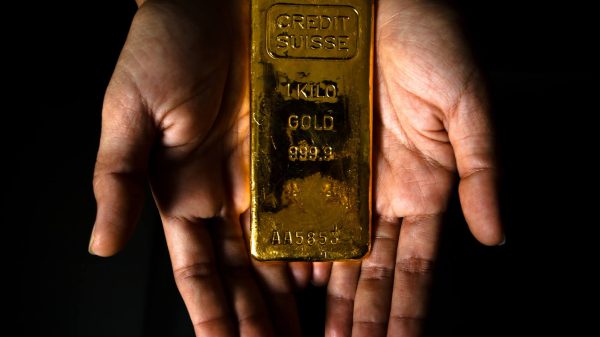Whenever an economy falls into a recession, many economists point out that the economic slump means there will be idle capital and labor. Resources that could be employed are now unemployed because the economic slump has softened aggregate demand for goods and services.
So-called experts believe the government must increase the overall demand in the economy since stronger demand will permit idle resources to be employed again. Hence, many economists recommend that the central bank adopt an easy monetary stance to strengthen aggregate demand.
It appears to be quite simple: boost expenditure on goods and services and this, in turn, will strengthen the overall output in the economy by the multiple of the expenditure, thanks to the Keynesian multiplier. According to Ludwig von Mises,
Here, they say, are plants and farms whose capacity to produce is either not used at all or not to its full extent. Here are piles of unsalable commodities and hosts of unemployed workers. But here are also masses of people who would be lucky if they only could satisfy their wants more amply. All that is lacking is credit. Additional credit would enable the entrepreneurs to resume or to expand production. The unemployed would find jobs again and could buy the products. This reasoning seems plausible. Nonetheless it is utterly wrong.
Those who advocate monetary pumping to absorb idle resources have overlooked that these resources have become idle because of the previous boom created by the central bank’s prior easy monetary policy. Due to the easy monetary stance, nonproductive or “bubble” activities have emerged, resulting in the diversion of real savings from wealth generators toward these nonproductive activities.
A tighter stance from the central bank stops this diversion, thereby reducing the number of bubble activities and improving the process of wealth generation. Such a stance, however, cannot undo the various misallocations of resources that took place as a result of the previous easy monetary position as the previous damage cannot be undone in the short term.
Once, however, the process of wealth generation gains momentum, the expanding pool of real savings makes it possible to absorb various idle resources. According to Mises,
Out of the collapse of the boom there is only one way back to a state of affairs in which progressive accumulation of capital safeguards a steady improvement of material wellbeing: new saving must accumulate the capital goods needed for a harmonious equipment of all branches of production with the capital required. One must provide the capital goods lacking in those branches which were unduly neglected in the boom. Wage rates must drop; people must restrict their consumption temporarily until the capital wasted by malinvestment is restored. Those who dislike these hardships of the readjustment period must abstain in time from credit expansion.
Furthermore, he writes,
If commodities cannot be sold and workers cannot find jobs, the reason can only be that the prices and wages asked are too high. He who wants to sell his inventories or his capacity to work must reduce his demand until he finds a buyer. Such is the law of the market. Such is the device by means of which the market directs every individual’s activity into those lines in which they can best contribute to the satisfaction of the wants of the consumers.
Commentators are correct in identifying a lack of credit as preventing an increase in production and a greater use of idle resources. There is, however, the need to emphasize that the type of credit lacking is productive credit—one that is fully backed by real savings. This type of credit is scarce because of the previous episodes of central bank–driven expansionary monetary policies, which have resulted in diverting real savings from wealth producers to those who are not productive.
What most commentators advocate is the expansion of credit out of “thin air,” which the central bank is able to set in motion either by direct monetary injections or via intervention in the money markets to maintain a lower target interest rate. Such commentators advocate an expansion in credit that is not supported by real savings. The expansion in unbacked credit not only cannot revitalize the economy but, on the contrary, further weakens the process of wealth generation. Any attempt to “revive” economic activity by means of easy money will resume the diversion of real savings from wealth producers to nonwealth generators, thereby weakening the process of real wealth creation.
As long as the pool of real savings is growing, central bank policies appear to work. Once, however, the pool becomes stagnant or declining, the growth ends, and no amount of central bank liquidity injection will reverse things. On the contrary, the more the central bank tries to revive the economy, the worse things become.
One might argue that irrespective of the reason for idle resources, the authorities and the central bank should pursue policies that make it possible for these resources to have more use. But without increasing the pool of real savings, there will not be enough means to enable the employment of those resources. A loose monetary policy aimed at boosting demand will not succeed since an increase in demand cannot replace the real savings required to reemploy idle resources.
Some economists believe that loose monetary policies enable the economy to take off on its own, just as adding a little water to a pump, or priming the pump, enables water to be pumped out of a well. That metaphor is misleading since without the increase in real savings, no upsurge in economic activity can take place. Expanding credit unbacked by real savings cannot replace the nonexistent capital goods required to expand wealth that in turn absorbs the unemployed labor and capital.
Conclusion
Economists correctly note that a lack of credit prevents an increase in the production and reemployment of idle resources. There is, however, the need to emphasize that the type of credit lacking is productive credit, which is fully backed by real savings. Productive credit is scarce because of previous episodes of expansionary monetary policies by the central bank which diverted real savings from wealth producers to those who are unproductive.























